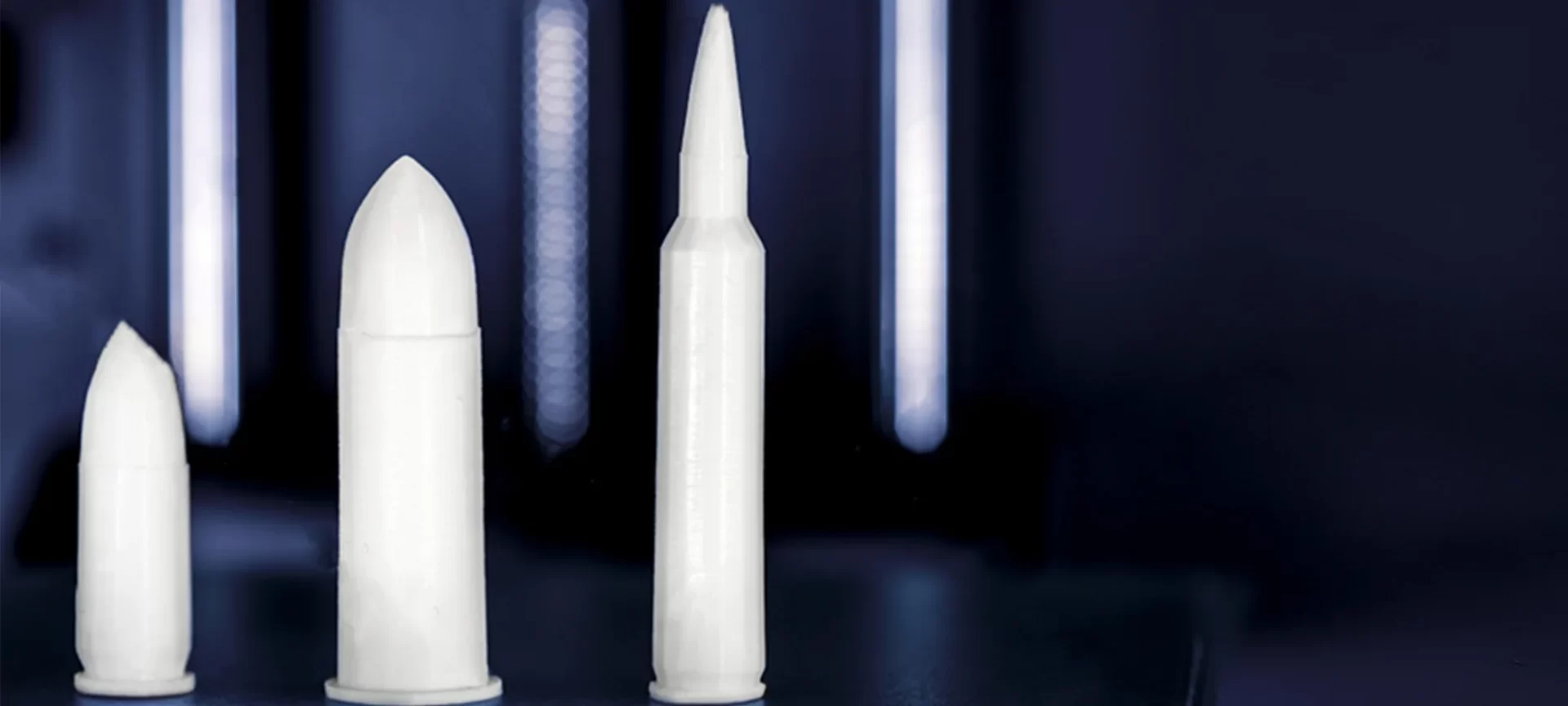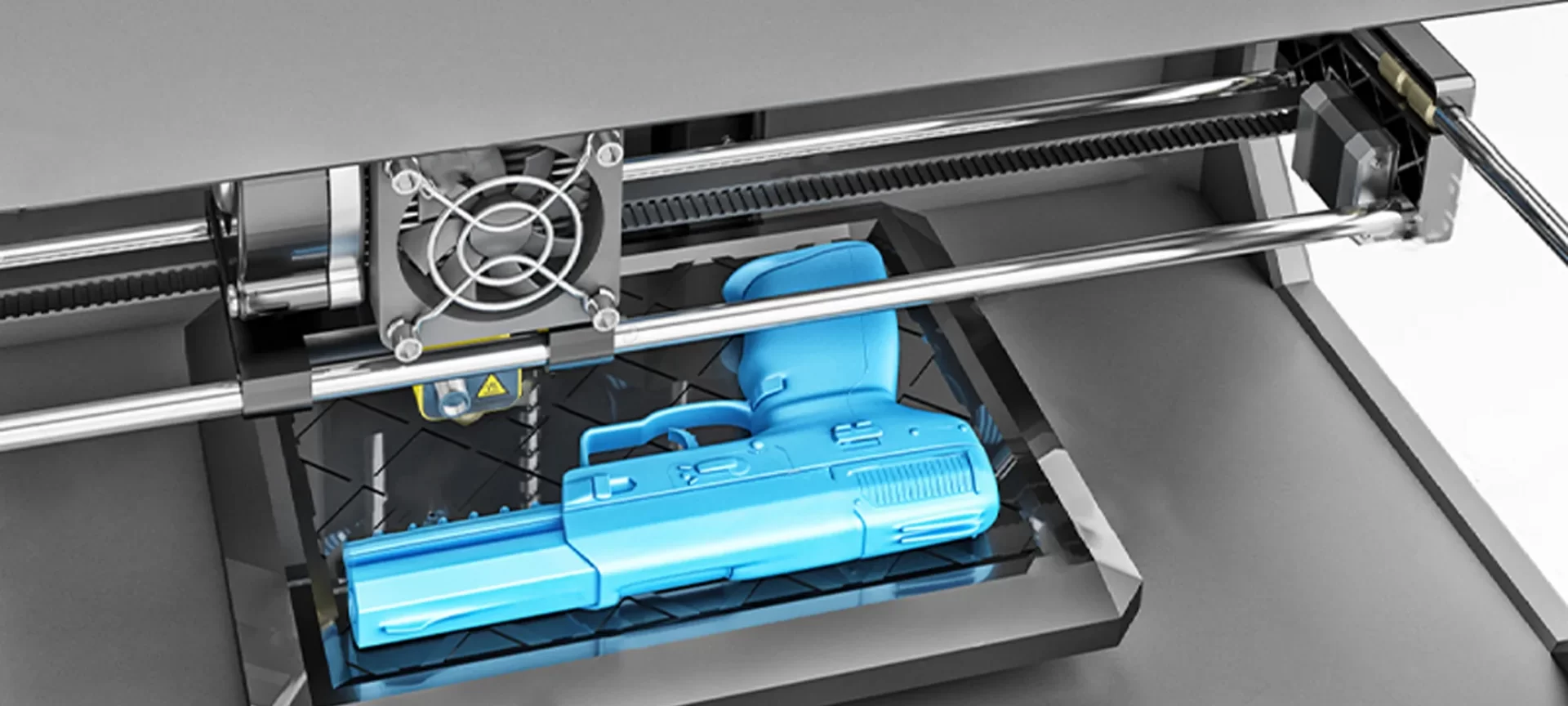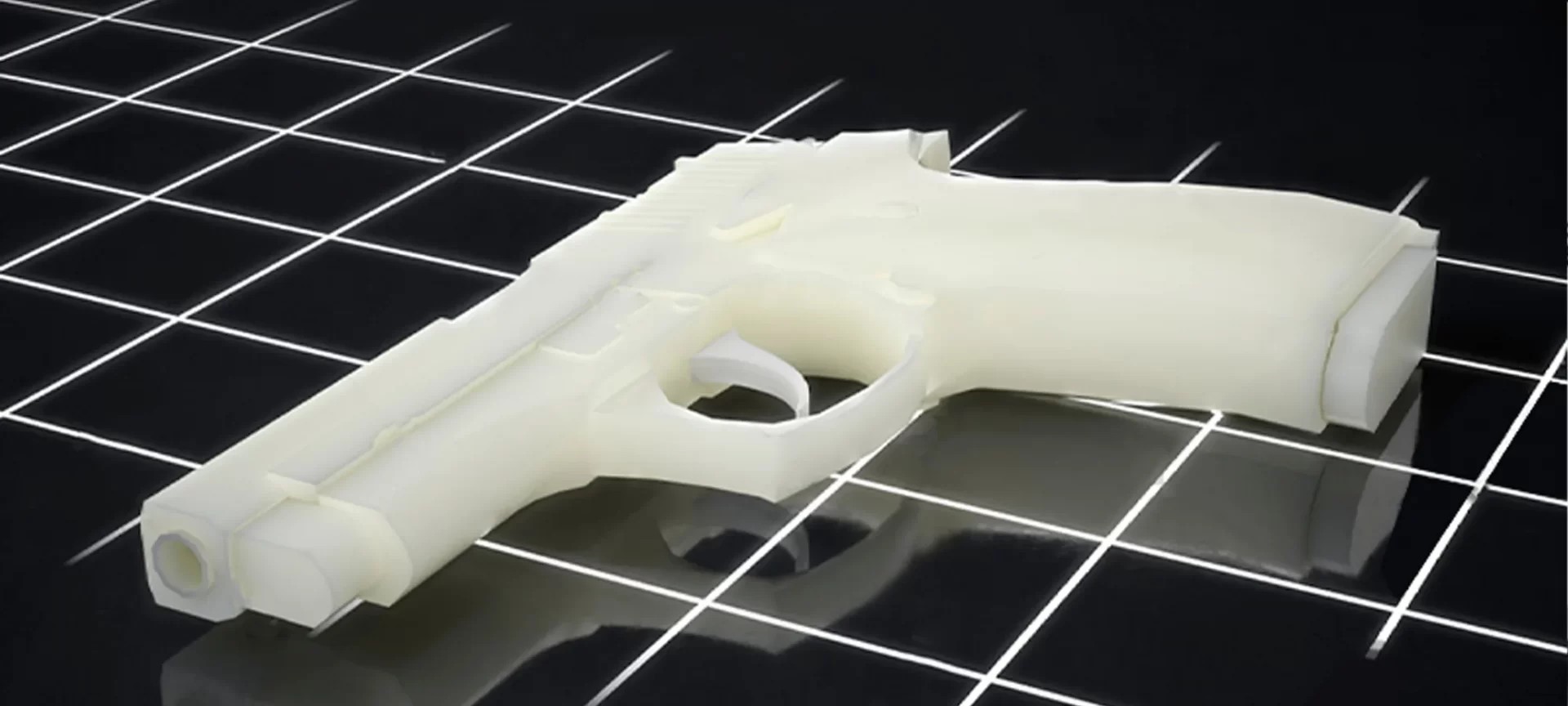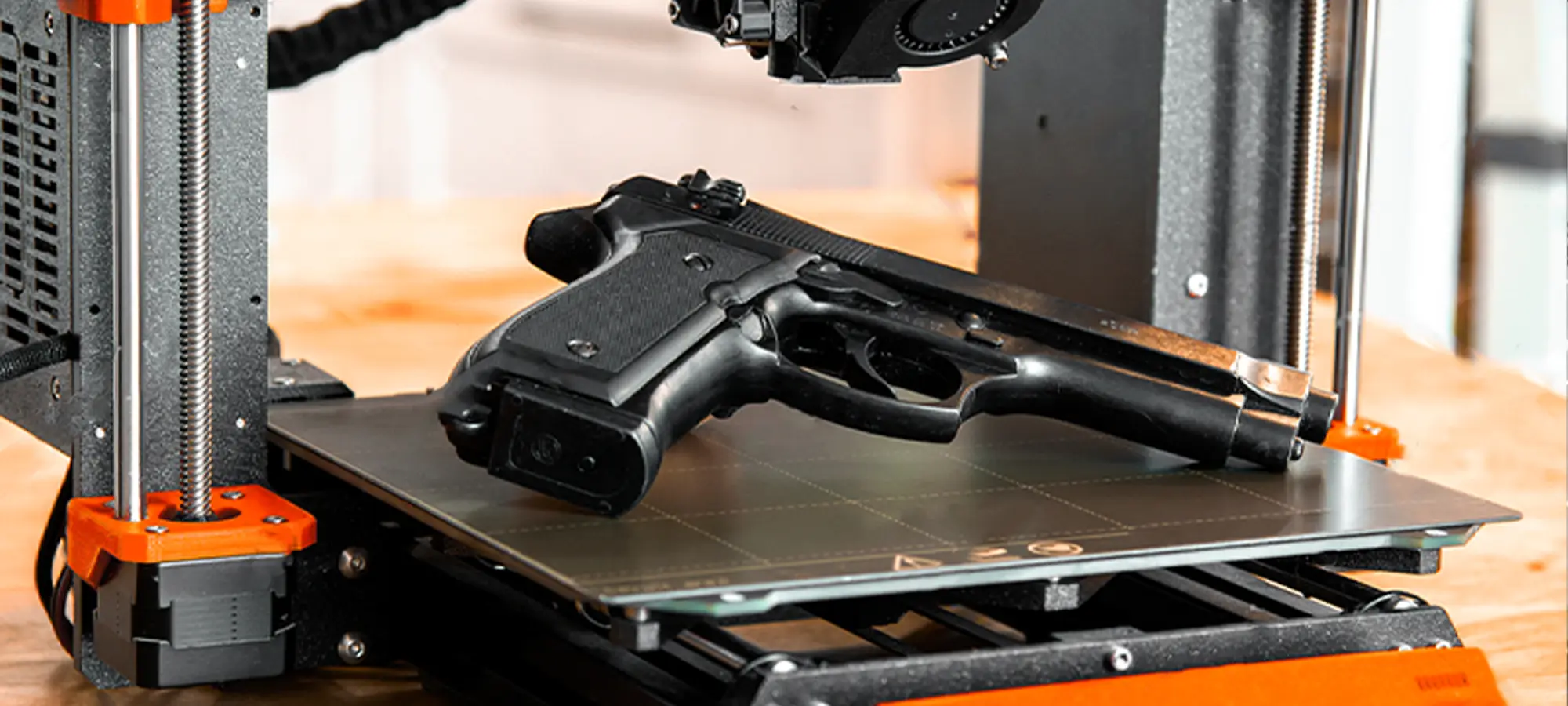Isn’t 3D printing an exciting technology, with so much power to bring almost any design to life. However, a lot of critics feel that such revolutionary inventions should be limited to those who could take proper responsibility for using it for the right cause.
One such 3D file that divided everyone into two perspectives was the 3d printed gun parts. Since the time the design first surfaced, it has always been in talks.
Some believe that such easy access to 3D design for creating a weapon that cannot be traced easily or could pass through metal detectors is completely dangerous.
After the first operational gun got its fame in 2013, a lot of other designers have come up with their own styles and designs. However, it’s still isn’t very acceptable.
Many countries have refined their laws against and in for of 3D printed guns. So far, after making the 3D gun parts designs legal to upload online in the USA, many activists and government organizations are fighting to put this down.
A lot is already happening and we do not know what the future entails. However, as of now, you can find pretty amazing 3d printed gun blueprints on the internet and online repositories.
Some of them are even free to download. So, let us know a bit more about the history of the 3D printed gun parts and how legit it is to print one at home.
A Peep into the History of 3D Printed Gun Parts

Cody Wilson designed the first 3D printed gun parts in 2013 and since then, the trend is only surging. Cody is the founder of the Texas open-source gunsmith organization Defense Distributed.
He is an experienced crypto-anarchist. The guy released the first 3D files for the one-shot pistol. Soon, the 3D file created a huge spark within the 3D printing community, bringing the most unprecedented controversy to date. And, it is still ongoing.
In only two days, the 3D file had 100,000 downloads. Right after which the US Department of State insisted Defense Distributed to turn down the model from the internet. This further turned into a legal battle that the techno-anarchist is still facing by the government forces.
Later, a variety of 3D printed guns were released, however, in the form of a pistol. On the other hand, Defense Distributed developed 3D printable parts that were designed for semi-automatic weapons. Hence, these were confiscated by the police.
With the increase in the surge of popularity of the 3D printed gun parts’ blueprints, available through the internet, these firearms have become available to anyone, irrespective of age, mental condition or any other criteria.
These could be accessed by police as well as criminals alike, without any code of legality. This certainly makes the problem much bigger than we can think of.
Hence, it was not very long that the government of different countries started imposing the laws to stop the circulation of 3D printed gun parts and even the 3D files for the same so openly, through the web.
Either its Australia or Japan or even the USA, the government of every country is trying their best to find a solution to curb the issues that are obvious with allowing sharing of 3D files for 3D printed gun parts yet not affecting the freedom of expression.
There are repositories that freely feature the 3D designs for these guns which could be downloaded for free.
But it won’t be easy to find these online forums so easily because of the surging legalities and laws concerning 3D printed gun accessories and parts. 3D printed gun blueprints do pose a hidden threat that we are yet to uncover.
3D Printer Making a Gun with Thermoplastic
The firearms were available before as well, but not completely designed out of thermoplastic material. These were usually assembled with few components made from a 3D printer.
However, Defense Distributed’s Liberator proved that the gun could be designed completely from a 3D printer. Apart from the metal firing pin along with the actual bullet, for sure, everything else was made of thermoplastic.

After the release of Liberator, Cody has been trying every bit to provide a push to his DIY firearms. It did not take much effort to make the 3D file viral though.
However, with the government’s decision to take off the file from the internet, it did provide his goals, a pullback. Following this, Defense Distributed came up with the Ghost Gunner. This is a desktop CNC milling machine that manufactures guns.
At the beginning of its release, the machine only produced the lower receiver component for an AR-15.
But as you would expect, Cody isn’t going to stop anywhere. He upgraded the software and now the Ghost Gunner is also capable of manufacturing the aluminum frame of an M1911 handgun.
Cody Wilson may feel that the increased accessibility of firearm production would help refine the gun rights, others have a different take on it.
The government and others from the 3D community are worried about the consequences of making the technology available to the wrong people.
Risks Associated with 3D Printable Guns

After the 3D designs for firearms got popularity, the governments from different countries started assessing the risks associated with the same.
The first thing to note is that these weapons created by 3D printers don’t need any identification code such as the serial numbers.
These serial numbers are helpful in tracking down those owning these weapons, helping law enforcement regulate the use of such dangerous weapons. However, these cannot be traced.
And, you do not need to go through any background check before you 3D print it. Hence, you can just go ahead and manufacture a gun using a 3D printer. Hence, the probability of getting these weapons in the hands of criminals rises even more.
The question is, are these loopholes are only after the 3D files trended on the internet? The answer is no.
These loopholes existed since the start and people are engaged in creating guns illegally as well. However, 3D printing did widen that loopholes, providing even easier access to everyone.
Is it Legal to 3D Print Gun Parts?
Soon after realizing the threat hidden behind the freedom of circulating 3d printed gun blueprints, the government from the different parts of the world started acting.
The UK Home Office restricted the creation of 3D printed gun parts in Great Britain. It even made buying and selling of these parts and 3D printed gun accessories illegal. The law passed in 2013 in the UK.
Later in 2015, the Australian parliament of the state of New South Wales also came up with a similar law putting serious prohibition against 3D printed guns.
Naming the law as Firearms and Weapons Prohibition Legislation Amendment Bill 2015, the government penalized physical as well as digital possession of 3D printable guns.
In 2016, California did make a different move though. It did not completely ban the manufacturing of 3D printed guns. However, the law required those doing so, to apply for a serial number from the state Department of Justice.
Singapore has stricter laws around Asia. The possession of 3D printed guns is punishable by death.
China wasn’t behind when it came to regulating rules regarding circulation and 3D printing of guns. In 2017, it urged by passing a law to register with the government who wish to manufacture 3D printed guns.
The law that has attracted the attention of everyone from around the world is the one passed in August 2018. The law allowed Defense Distributed to publish 3D designs for firearms.
The US Department of State decided and waived the restraint order put against Cody Wilson in 2015. Therefore, now, those who are willing to 3D print a gun in the USA can easily access the digital file online.
How to Create 3D Printed Gun Parts at Home?
There are two ways to go about it. The first one is to do it all by yourself. Or, you can take help from those who have already driven that path before.
After the restrictions were taken off that was put against Cody Wilson, the internet flooded with 3D printed guns blueprints. You can find a lot of designs to start with. It is easily downloadable and can be edited as required.

Here is what you can do to create a 3D printed gun:
Step 1: If you wish to do it on your own, you would require to create a 3D file for the same. You can use the 3D design software to make that happen.
You can use the one you are used to working with. Do not forget to ensure that the parts are properly designed to fit together.
If you at all think that you are not good enough with 3D designs, why not take help from others.
There are many designs available online. You can download the one you like and make edits to the same. You can even keep the design as it is.
Step 2: Decide to print it with a 3D printer that can provide you the accuracy and right results.
You may not want to 3D print it using a budget 3D printer. Instead, you must do some research and look for the option that could help you create accurate designs.
Step 3: Slice your 3D design. Ensure to use the tips that came along with the downloaded 3D design.
From layer height to all other precise details, you must ensure every setting is in place.
Step 4: Feed the 3D file to the 3D printer and start watching the work happen. It will take some time but the results would be remarkable if your 3D file is correctly designed.
Step 5: Assemble the parts, if any.
Step 6: If you think that the parts aren’t compatible with each other. You may edit the 3D file with a flaw and start printing again for the parts that did not come in their best shape.
Do not forget to check the legalities concerning your country. You may not be allowed to do it. If that is the case, you must make the decision accordingly. Or else, you may have to face consequences that won’t be in your favor.
The Conclusion
3D printing is a very progressive technology. And, as you would know, it could make many things possible that may seem difficult otherwise.
It could even help expedite the manufacturing process of those items that take longer to complete. All these benefits have always put 3D printing at the forefront.
The question is: Can we make sure that the technology is always used for the right cause. Or, can we make sure that the technology does not get into the hands of those who can bring the darker side of 3D printing to life?
All these questions have always bothered those who understand the limitless things that 3D Printing can accomplish.
There are always two sides to everything: the good and the bad. The greater the good, the worse the bad could be. For instance, 3D printed guns could do much worse than good.
If not you, a lot of people have that notion and for the right reasons. That is why it would be difficult to finalize a verdict against the production of 3D printed guns.
Or, even when it comes to legalizing the commercialization of such weapons, government and law enforcement bodies may have to act together to find a solution.
If we have to point in one direction, it could be towards providing better laws that could possibly ensure that the technology is not used for illegal and wrong causes.
But is that completely possible. However, whatever the future would be, and whatever the laws would surface later, as of now, not every country is that strict.
And, if yours is letting you do that, you can experience how it would be like to create 3D printed gun parts at home using your own printer.







